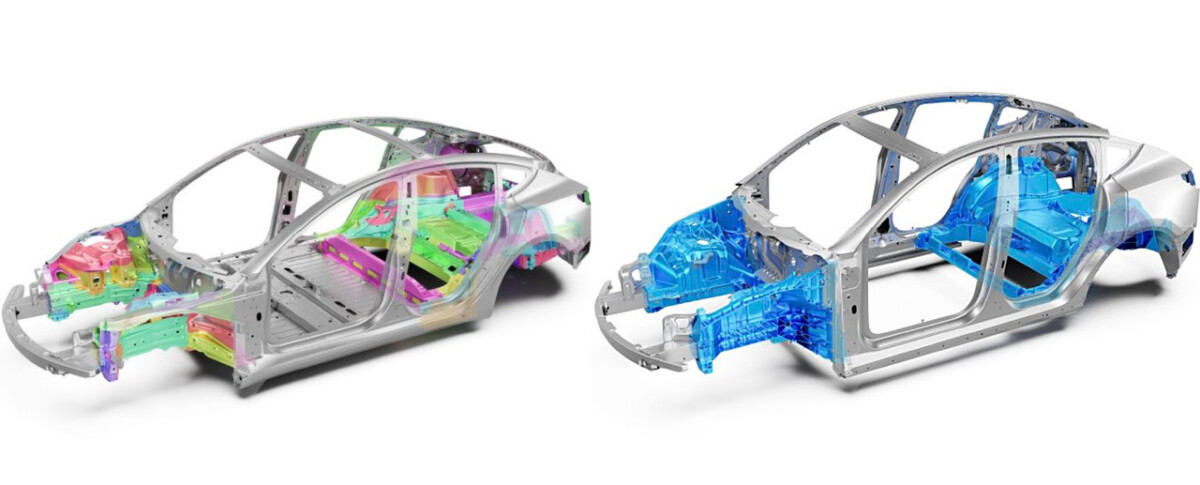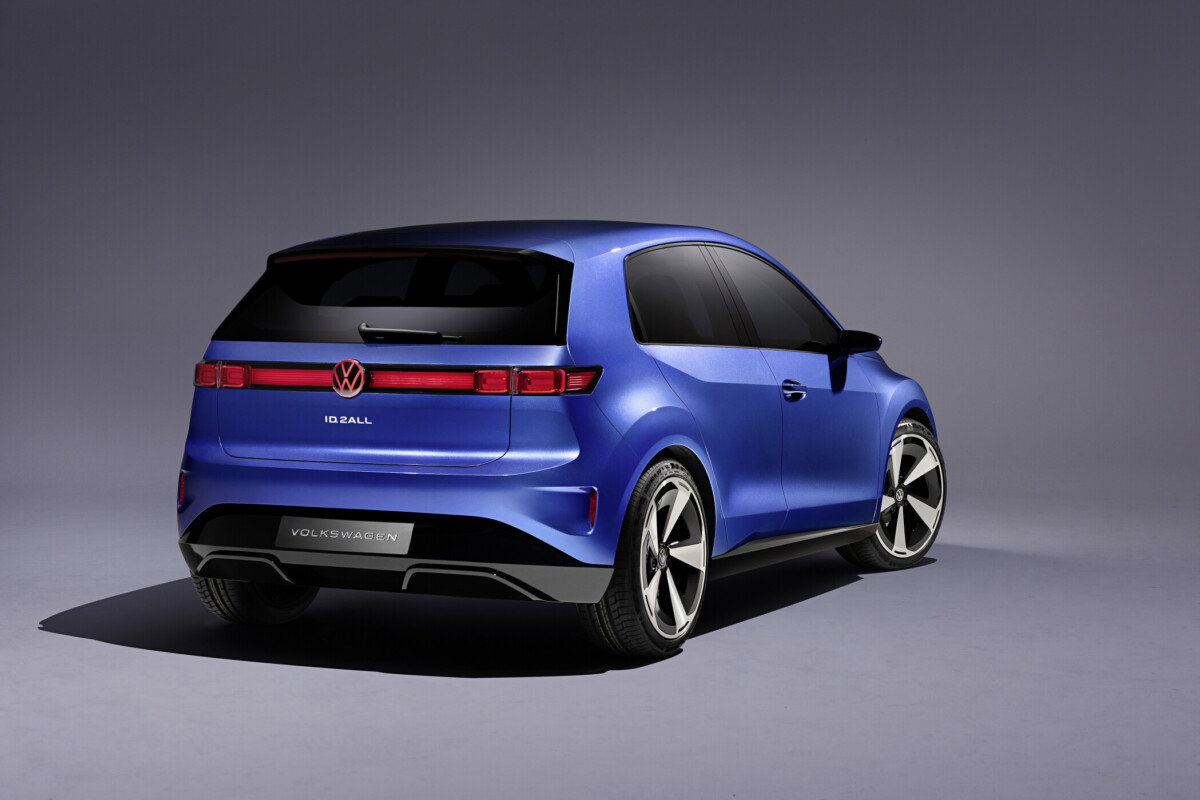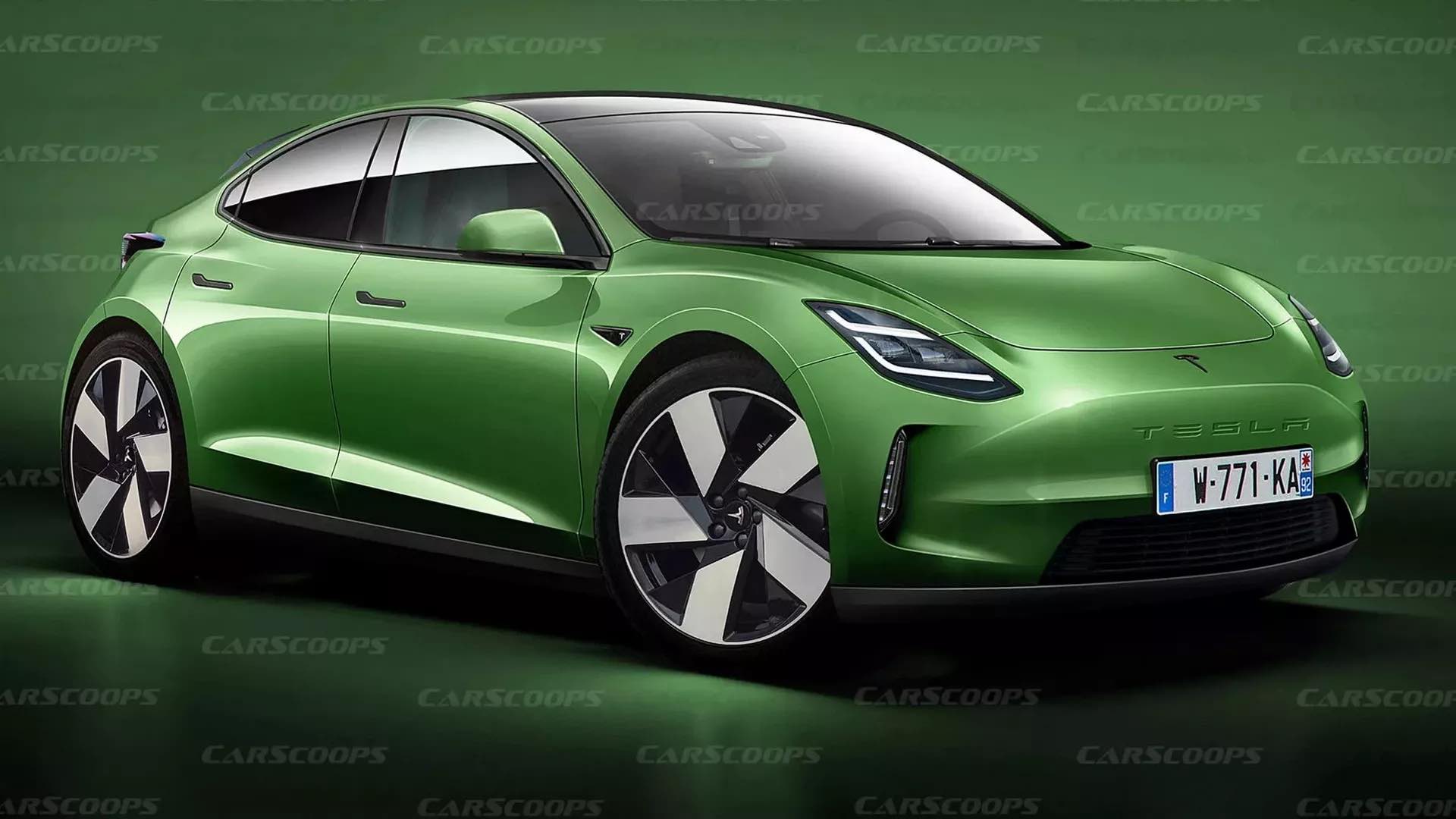Tesla’s future affordable electric car (known as the Model 2) is getting a lot of attention. Latest news to date: the company has reportedly found a clever way to produce its electric car at low cost in order to sell it for $25,000.
There is a lot of talk about the future Tesla Model 2. It is also possible that it is not called that. But what is certain is that it will be the most affordable electric car ever designed by Tesla. And to get there, we know that Elon Musk’s firm is doubling its ingenuity, with a major revolution in the production phases, as our colleague from Numerama.
But, to be able to sell a $25,000 electric car, as Elon Musk promised, many steps must be revolutionized. And according to Reuters which cites various anonymous sources around the project, Tesla would have found a powerful way to reduce the costs and time of developing an electric car.
Gigacast 2.0: Tesla’s revolutionary tool
The magic tool: the Gigacast, but in version 2.0. If you don’t know the principle of gigacast, it is a very innovative industrial tool, the Giga Press, used by Tesla with the Model Y produced in Berlin and Austin. It is a huge hydraulic press with a power of 6,000 to 9,000 tons allowing the creation of enormous metal parts.
Thus, the floor of the Tesla Model Y produced in the United States and Germany is made up of two huge pieces (three counting the battery) compared to more than 171 for the classic version which does not use the Giga Press!

But Tesla would a priori want to go even further, and use a Giga Press to create the chassis of the car in one piece instead of two, which would allow us to go from 400 to just 1 piece! Which would then involve using an even more powerful press. We are talking about a force of more than 16,000 tons! The objective: to further reduce the cost of producing electric cars, but not only that.
Producing the chassis of an electric car in a single piece would reduce weight (and therefore increase range) and also reduce costs, while increasing the strength of the structure in the event of an accident.
But that’s not all: Gigacast 2.0 would also make it possible to reduce design times of a new car, since it is 18 to 24 months, compared to three to four years for competitors. For comparison, the Volkswagen ID.3 was developed in 54 months, and Volkswagen is aiming for a development time of 36 months in the coming years.
Tesla Model 2: watch out for the competition
With this new technique, Tesla could indeed revolutionize the automobile industry and market the future Model 2 at an unbeatable price. Like what the company is already doing in part with its Model 3 and Model Y. It is rumored that the next Tesla Model 2 would be produced in the coming months, either in India or in Mexico. And in France, will we also have the right to a production factory?
The next few months promise to be very interesting, since many manufacturers have planned to market an electric car for around 25,000 euros. We can cite Volkswagen with its future ID.2, Renault with the future electric R5 or even Citroën with the ë-C3.

Succeeding in selling an electric car for less than 25,000 euros is not very difficult, as Dacia proves with the Spring. But succeeding in making the model profitable is much more difficult, once again as shown by Dacia, which makes money with its thermal range.
But the good news is that from 2025, all the lights should be green for selling an electric car for less than 25,000 euros, with a positive rate of return for manufacturers. But those who do not use gigacast could well be handicapped, both in terms of market release date and profitability. The battle promises to be epic!
To follow us, we invite you to download our Android and iOS application. You can read our articles, files, and watch our latest YouTube videos.
